Summer is normally cruise ship season in Southeast Alaska. Starting in late April ships filled with tourists sail up the inside passage, stopping at little coastal port towns. One of the popular destinations along this route is Glacier Bay. It’s this spectacular bay filled with icebergs, sea otters, and lots and lots of humpback whales. The National Park Service regulates how many cruise ships can come in and out of the bay, but still, the humpbacks that are there in the summer have to live alongside the roaring of boat engines. Michelle Fournet is an acoustic ecologist at Cornell, and she says that these sea animals change their behavior when the waters get noisy.
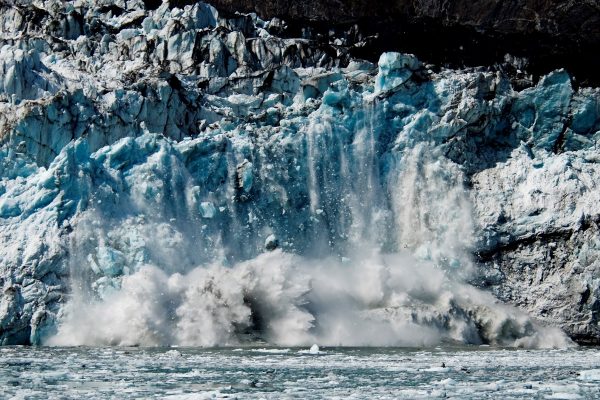
Every summer Fournet travels to Glacier Bay to drop a hydrophone in the water and listen in on what the whales are saying, and how it’s affected by ship noise. This year she was preparing for her annual trip to Southeast Alaska when the COVID-19 shutdowns were announced. Although it meant that her research trip was canceled, she realized it was an incredible opportunity. For the first time in decades, the ocean would be quiet for an entire summer, “What that means for somebody like me as a researcher, is that we have the opportunity to listen to undisturbed behavior for the first time,” explains Fournet.
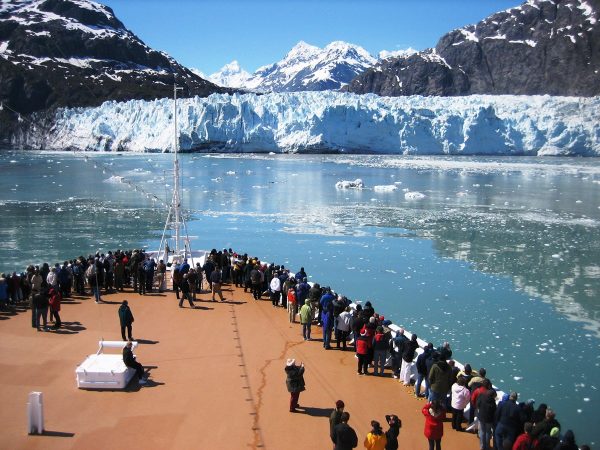
Usually, Fournet relies on quiet periods in an individual day to try and understand how ship noise changes whale behavior. If she’s lucky she’ll get 6-7 hours of silence, but now the ocean was about to experience months of quiet. Fournet is all set to record an entire summer of whale sounds in strangely quiet seas, “This is the first time in human history that we’ve been able to listen to truly quiet behavior,” she says. “We will finally get a baseline for what the ocean sounds like in the absence of human activity.”
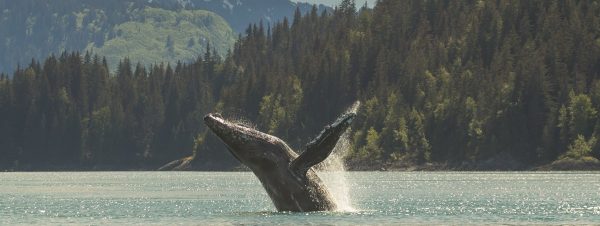
In general, the coronavirus shutdowns have been terrible for academic research. Trips have been canceled, labs have shut down, and long-running experiments have been interrupted. But there are some researchers, like Fournet, for whom the shutdowns have provided a unique opportunity—a whole new data set, a chance to gather new information, or to look at information in a new way. In science, the term natural experiment refers to an experiment that happens outside of the lab, where a variable out in the world changes in ways that allows you to do research that hadn’t seemed possible in controlled settings. And so, this week, we’re bringing you stories from very different academic fields, about researchers who are using this bizarre, tragic moment to learn something new about the world.
Air Pollution
Jalandhar is a city in Northern India, in the state of Punjab. Like all Indian cities Jalandhar has been in lockdown with everybody inside their homes, but a couple of weeks ago, there was this bright sunny day and the residents of the city went outside onto their roofs, and what they saw was this amazing view of snow-capped mountains—the Himalayas. This view was celebrated all over social media. There are tons of pictures of these mountains on Instagram and TikTok videos of people zooming in on these crisp snow-capped peaks.
This was a big deal because many people were seeing these mountains for the first time. Raghu Karnad wrote about this phenomenon for The New Yorker and he says that because of air pollution, the mountains have been completely obscured for decades. Karnad says that locals think the last time these mountains had been visible had been around 30 years ago.
Jalandhar is a dramatic example, but in cities all across India people are experiencing exceptionally clean air. Air pollution is normally a huge problem in India, and not just an aesthetic one. “WHO had an estimate that 100,000 Indian children had died that year from a particular type of particulate found in air pollution,” explains Karnad, “Indians are dying and being made sick in huge numbers, numbers that are almost too large to process.”
Raghu Karnad says that there’s this sense in India that the problem is almost so big that it can’t be solved. But seeing the vast improvement in air quality because of COVID-19 has made people rethink that, “And that’s what makes this moment so extraordinary, is that we fixed this problem without intending to,” says Karnad.
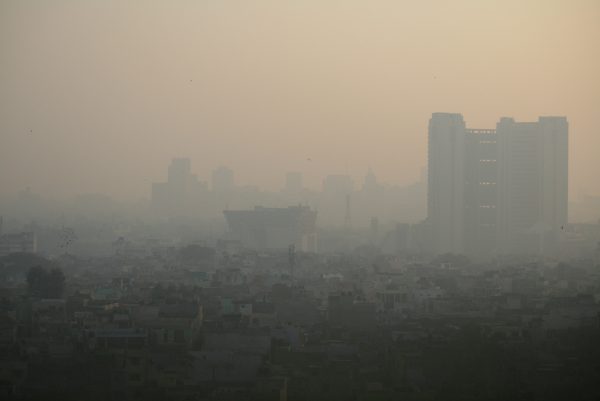
The shutdowns have also been incredible to researchers who study air pollution, researchers like Sarath Guttikunda. Guttikunda says that in their work they are always looking to understand the baseline air quality, like what a clean air scenario looks like. Usually, they use rainy days to do this, but the problem with rain is that it doesn’t last. “When it rains, it’s clean for one day and then the build-up starts again. But what we are seeing here is a sustained period of low numbers.” And so this shutdown feels like the entire country is running an experiment for him… a forced experiment that shows what happens if you turn many of the major sources of pollution down basically to zero.
Having this extended period of clean air is also allowing them to do more fine-tuned research experiments. Some of those experiments are chemistry experiments looking at particular pollutants like ozone. But they’re also trying to do a forensic accounting of where all this pollution is coming from because there’s actually a lot of confusion about that. And a big question people have is: is the pollution being generated inside the city, by things like cars, trash burning, and dirty cookstoves? Or is it floating in from outside sources, things like power plants and heavy industry outside the city, or farmers in the countryside who burn their fields before they replant? All of those sources are contributing to the problem but the uncertainty has allowed cities to throw up their hands and say this isn’t a problem we can solve. It allows people in power to pass the buck of responsibility.
One of the goals of Guttikunda’s research is to use this period to show how much of the pollution is coming from those outside sources, and how much of it is generated locally, from things like traffic. He has found that at least 50-70% of the pollution in a city like Delhi was coming from sources inside the city, meaning that the cities could do a lot more to clean up the air.
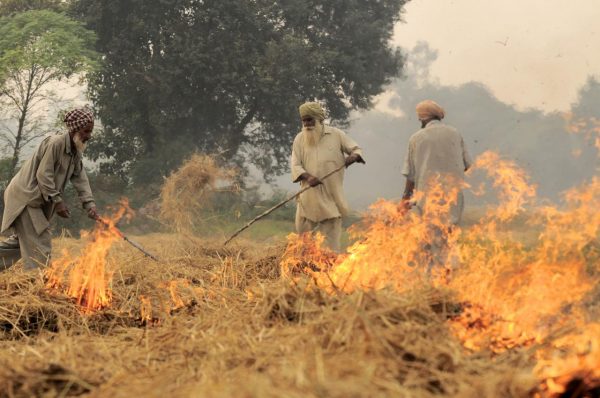
It is possible for big cities to change. If you look at Beijing before the 2008 Olympics, air quality was one of the most toxic in the world. The city implemented restrictions to try to clean up the air quality before the games and it worked. And after the games ended, citizens of Beijing didn’t want to go back to poor air quality, so they pushed the government to control pollution.
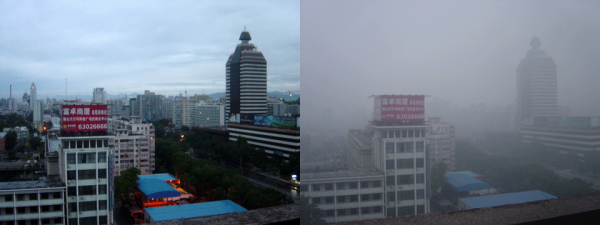
One revealing aspect of COVID-19 is that it shows that in dire circumstances, we are able to change our habits in order to address a crisis. The challenge is determining which crises in which to implement extreme measures. A pandemic is clearly a public health problem, but air quality is also a matter of life and death. The World Health Organization says that as many as 4.6 million people die a year due to air pollution. The reason we under-react to threats like air pollution probably has to do with the fact that many of them have disproportionate impacts on poor people. If you have money and you live in a city like Delhi you can take an Uber from your air-conditioned apartment to your air-conditioned office job. But there are millions of people who walk or ride their bikes to get around and shop in open-air markets. For those people, returning to “normal” levels of air pollution would be deadly. Raghu Karnad hopes that now that Indians have experienced weeks of blue skies, they will be moved to demand cleaner air all year long. “We have to hope that everyone can be brought around to realizing the necessity of collective action, just the way everyone has been brought around to realizing that with coronavirus.”
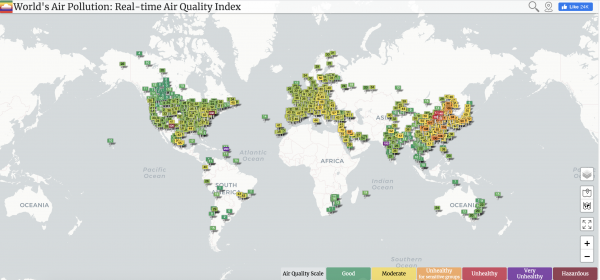



Comments (6)
Share
“A sable cloud turns forth its silver lining on the night.”
First, thank you for the episode. I enjoyed it very much. But my neuroticism compels me…
I understand the desire to avoid aggrandizing anything about the pandemic, but man it bugs the hell out of me that the phrase silver lining has become a virtual persona non grata in the language of the day. It’s well-intentioned, but semantically misguided, conflating the meaning of the phrase with something more akin to blessing in disguise. The key here is that claiming a silver lining entails no transmutation or elevation of the central object.
It would be repugnant to describe covid-19 as a blessing in disguise, obviously. But it is entirely appropriate and not at all insensitive to call the oceanic silence for the whales in Glacier Bay or the relatively clean air in India’s cities a silver lining to covid-19, or more precisely to the shelter-in-place response to cover-19. That’s precisely what those things are and it does not glorify the disease to say so.
Hoping there will be a follow up story on the humpback whale study
I enjoy this podcast so much!
Just after listening to this podcast, I saw this article about a leading anti-vacer in a video describing COVID-19 as a corrupt scheme / hoax being perpetrated on the world. Just as described, many are doubling down on their anti-science, conspiracy laden beliefs.
The “Plandemic” Video Has Exploded Online — And It Is Filled With Falsehoods https://www.buzzfeednews.com/article/janelytvynenko/coronavirus-plandemic-viral-harmful-fauci-mikovits
Love 99%!!!
Surely, boredom is being obliged to do something don’t want to do or, looked at another way, having nothing to do that you want to do.
Anything over 300 on the air quality scale is dangerous. We’ve had 2 years in the last 4 that have had that level in Spokane WA. I have a friend that lived in Indonesia and she said 900 is like sticking your face in the smoke from a campfire.
Very interesting episode!
However, as someone who visited Beijing in 2008 and then lived there full time from 2009 until 2018, this power-of-the-people conception of improvements in air quality is 99% false. The story gives the impression that the glimpse of blue during the Olympics led to widespread pressure from citizens and subsequent policy changes to address air pollution.
In reality, the government continued to publicly deny air pollution readings in Beijing until the heavily polluted winter of 2013. Between the Olympics and that moment (about 4.5 years), there were no significant changes in air quality or how most people dealt with “the fog”. It’s quite possible that air pollution actually got worse due to increasing electricity consumption, non-stop construction and the ever growing appetite for cars. Until 2013, air purifiers were outrageously expensive and almost exclusively imported machines owned primarily by expats. Proper masks on polluted days were also something you pretty much only saw on expats. Expats, it should be noted, make up an incredibly small fraction of the city’s population. Based on my own experiences, I had the feeling that the overwhelming majority of Beijing citizens didn’t have a clear conception of the pollution problem.
But after that admission by the government in the winter of 2013, all of a sudden air filters were sold out across the city and, much like the current coronavirus situation, N95 masks immediately became rare and coveted jewels. Despite the public’s awareness at that point, it was probably another 2 or 3 years after that until significant and sustained improvements in air quality came about.
The whole thing, and I think a large number of experts on Chinese policy would agree, is more of a numbers game than a reaction to public opinion. The government supported the continuation of horrendous pollution because those tiny air particles represented cheap economic growth. When the drawbacks (health problems, decreased productivity, poor international image) started to outweigh the economic benefits, then strong measures were taken to get to the point where Beijing is today.
India might end up being a different story after this current streak of blue skies because of obvious differences with China in terms of governance. But anyway, the story of Beijing as it was portrayed in the episode, even though it makes the episode tidier, felt quite inaccurate to me and I thought that I should offer this more nuanced version from someone who lived through it.